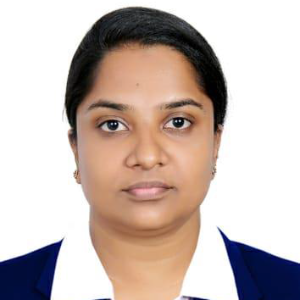Title : Tumortrack pro: Enhancing tumor progression analysis through quantitative MRI
Abstract:
Tumor progression refers to the gradual development and growth of cancerous cells within the body. Understanding this process is crucial for effective diagnosis, treatment planning, and patient management. Traditional methods often rely on qualitative assessments and static imaging, which may not fully capture the dynamic nature of tumor growth. This abstract introduces a novel software solution designed to enhance the comprehension of neurological tumor progression through quantitative mapping techniques. The dynamic tumor microenvironment (TME) consists of various components that interact with each other and influence cancer growth and progression. Quantitative maps, such as the transverse relaxation rate (R2*), transverse relaxation time (T2*), proton density (PD), and longitudinal relaxation time (T1), help identify the chemical composition of tumors. R2* mapping highlights regions of poor oxygenation within tumors, influencing treatment response and prognosis. Altered T2* values may indicate hemorrhagic or necrotic areas within tumors. The T1 relaxation rate in MRI is a crucial parameter that reflects the chemical composition and microenvironment of tumors. Variations in water content, macromolecule concentration, cellularity, oxygenation, and pH levels between tumor and normal tissues lead to differences in T1 relaxation times, which can be used diagnostically to characterize and differentiate tumors. The proposed software tool is designed for computing quantitative maps and conducting further analysis. This application leverages the power of the Qt framework for its user interface and incorporates the Visualization Tool kit and Insight Tool Kit libraries for advanced visualization and image processing capabilities.
Audience Take Away Notes:
- The audience can use this knowledge to better understand the dynamics of tumor progression and the importance of quantitative mapping in tumor analysis. This could be particularly useful for medical professionals, researchers, and students in the field of oncology and neurology
- Yes, the methodologies and findings from this research could certainly be used by other faculty to expand their own research or to incorporate into their teaching, particularly in courses related to oncology, neurology, or medical imaging
- Yes, by automating the process of quantitative mapping and providing a user-friendly interface through the Qt+ framework, this tool could significantly simplify the job of designers and engineers working in the field of medical imaging software




